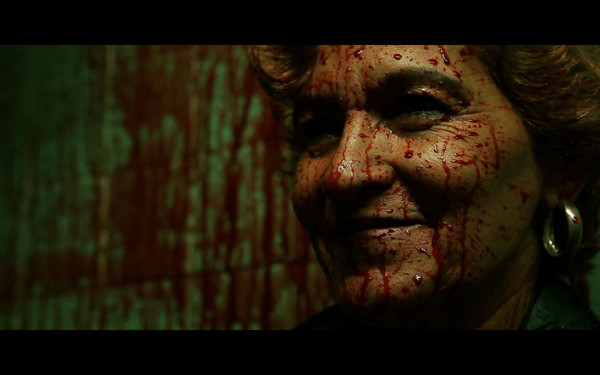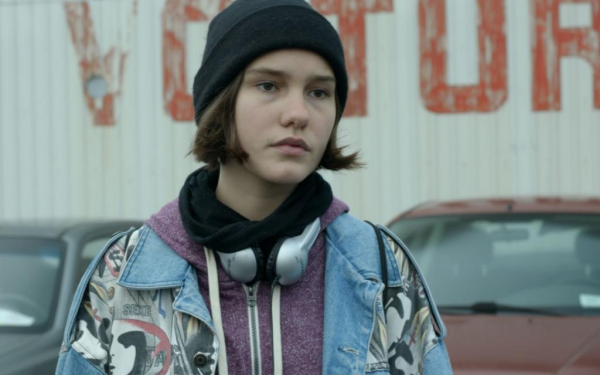“It’s All Very Frankenstein…”
FNC Lab Welcomes You to the Operating Theatre
In an unassuming apartment in Montreal’s Plateau borough, two young artists are hard at work bringing a ramshackle steel sculpture to life.
Inside the apartment, a thin veil of smoke fills the air with the smell of burnt plastic and in a dark room, two figures hunch over large steel frames with knives in their hands.
Abstract light patterns flash across the wall while the wheeze of a projector fan and the clank of gears and belts emanate from whatever it is they are concentrating on.
“We’re giving life to inanimate objects, so to speak,” explained Daniel Oniszeczko, one of two artists responsible for Operating Theatre, a performance/installation project created by Oniszeczko and his colleague, Philippe Léonard. “It’s all very Frankenstein, in a way, but I wouldn’t consider it dark or sinister at all.”
Léonard and Oniszeczko are Concordia film production alumni. Both artists met within the experimental thread of the film production program about two years ago.
“Philippe and I had been wanting to collaborate ever since we met each other in film school,” explained Daniel. “He asked if I had any sculptural pieces in mind, and I told him, ‘Well, fuck yeah […] I’ve got just the thing.’”
That ‘thing’ slowly evolved into two strange and cryptic looking steel structures, each supporting a 16mm projector, and incorporating a belt drive, an antique Singer sewing machine, broken glass pieces, and parts of old clocks. These sculptures became the basis of their latest project.
Operating Theatre is as an experience that synthesizes sculpture, sound, cinema, and performance art. Throughout the performance both artists manipulate the film running through their respective projectors, slicing, scratching, dyeing, and burning it, allowing light to slowly seep through and create various effects.
“If you see the film strip as a material object, you can consider this as a sort of live sculpture,” said Léonard. “We start with a black film strip—there is no light, there is nothing. Then we use surgical tools to engrave the film, letting light through. It’s kind of a sculpture of light and time, if you want.”
“We mic the whole structure with contact microphones,” explains Léonard. “We’re getting everything from this machine—sound and visuals. Everything is bound together; it’s very mechanical.”
The visual element of the performance is then only further enhanced by the sounds that are created within it: an eerie and sometimes menacing sonic landscape is produced by the industrial sculpture and its rhythmic oscillations. The sounds are then run through loop stations, and again manipulated by the artists.
“We mic the whole structure with contact microphones,” explains Léonard. “We’re getting everything from this machine—sound and visuals. Everything is bound together; it’s very mechanical.”
Though much of the performance is aggressive and unnatural, there is a unifying current that runs through the project. The stark contrast between dark and light, and between the cold, industrial steel structure and the impressionable, delicate film play important roles in the execution of this performance.
Where many modern artists attempt to bridge the gap between humans and machines by way of new, over-complicated technology, Léonard and Oniszeczko are taking a different approach.
“We’re doing the same thing in essence, but we’re using really simplistic, old, squeaky technology that’s way out of date,” says Oniszeczko. “We’re using these old mechanical processes and making them humanistic.”
Regardless of the means, the two artists agree that Operating Theatre is very much about the connection and interdependence between human and machine.
Likewise, the title of their project was no coincidence:“It’s very much like an operation,” says Léonard. “We’re just opening up the film strip, much like the body of someone, to reveal its light.”
Operating Theatre / Oct. 18 / Quartier Général (175 President Kennedy Ave.) more info

__thumb_699_510_90.jpg)
_600_832_s.png)




__600_375_90_s_c1.jpg)